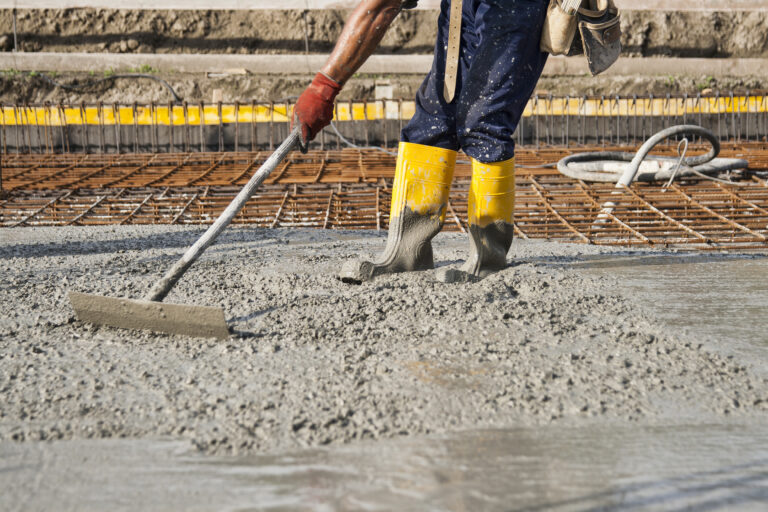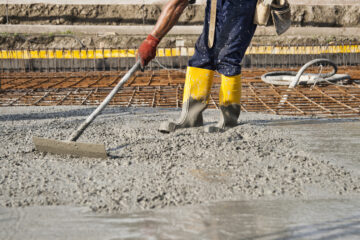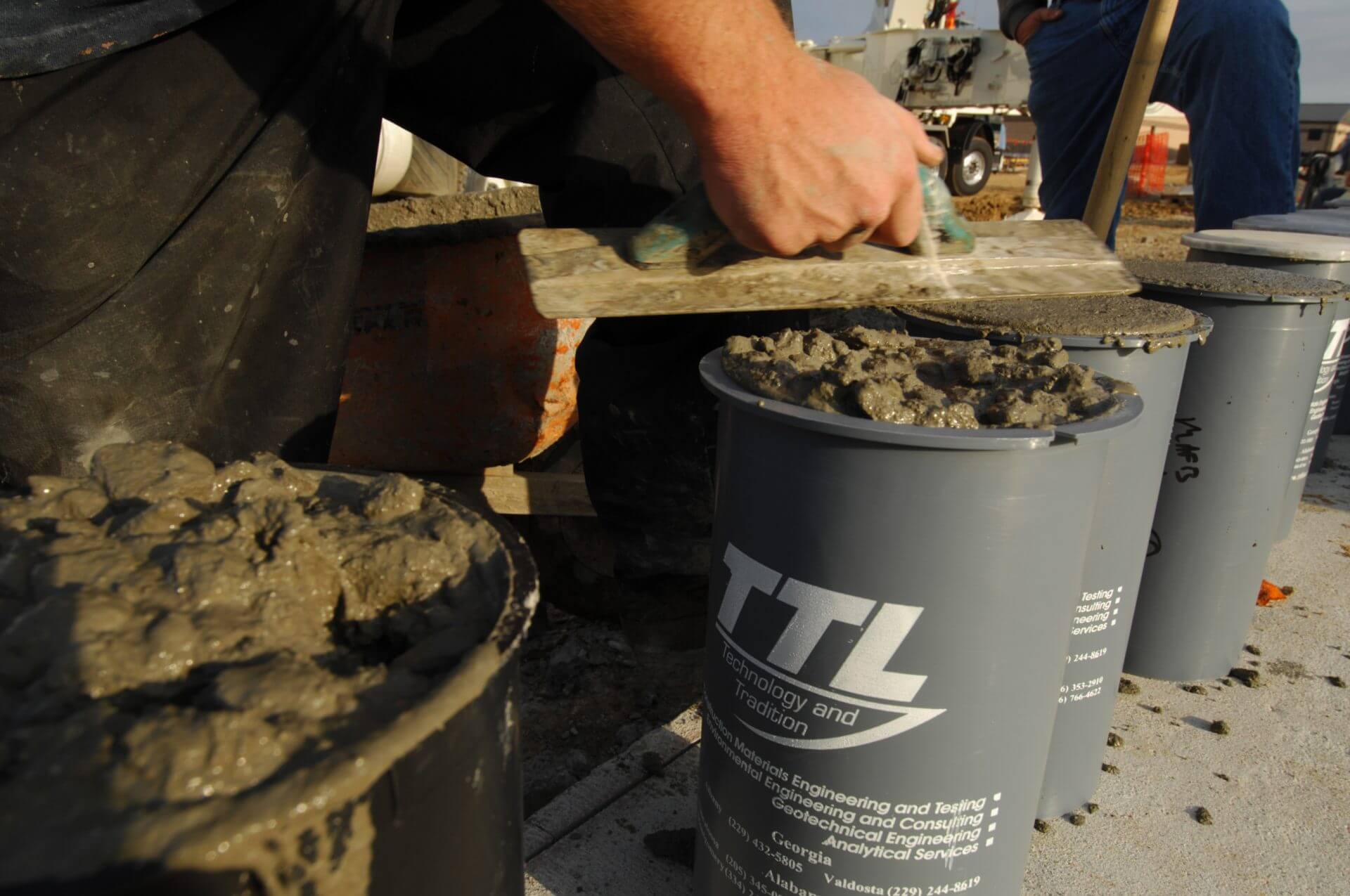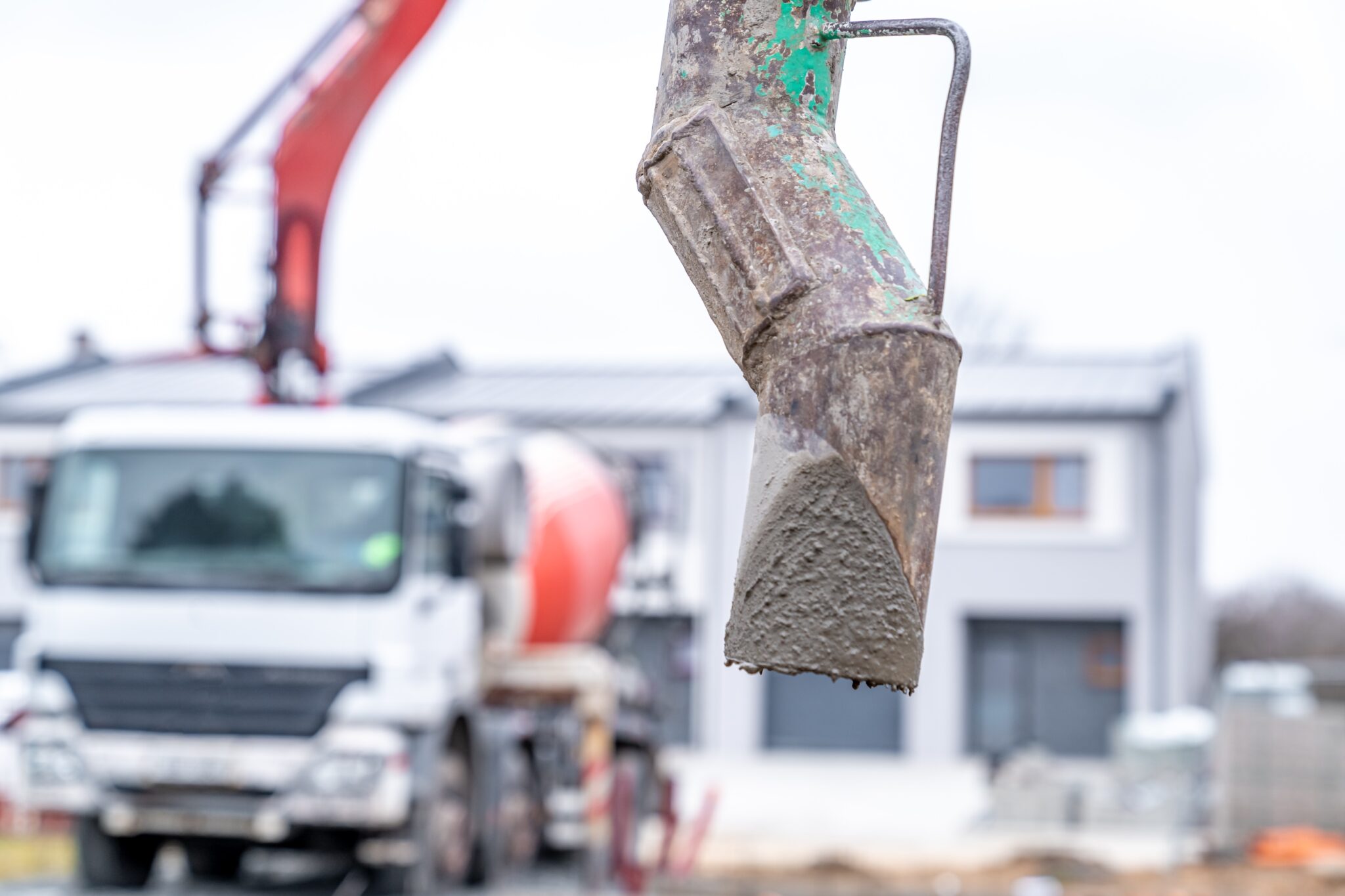Concrete setting time is a crucial factor in construction, affecting everything from project timelines to the structural integrity of buildings. In the UK, where weather conditions can vary significantly, understanding and managing concrete setting time is essential. In this blog, let’s explore the key factors influencing setting time and the best practices for ensuring optimal results in UK construction projects.
Explore 12 Futuristic Technology Trends Solving Concrete's Biggest Challenges.
What is Concrete Setting Time?
Concrete setting time refers to the period it takes for concrete to harden and attain its initial strength. This process involves a chemical reaction called “hydration”, where water and cement particles combine to form a solid mass. There are two main stages of setting time:
- Initial Setting Time: The period when the concrete starts to harden and can no longer be moulded or worked with.
- Final Setting Time: The point when the concrete has hardened sufficiently to support loads and can be subjected to further construction activities.
Factors Affecting Concrete Setting Time
There are many factors, such as external environments or the concrete mix itself, that can affect how the concrete sets.
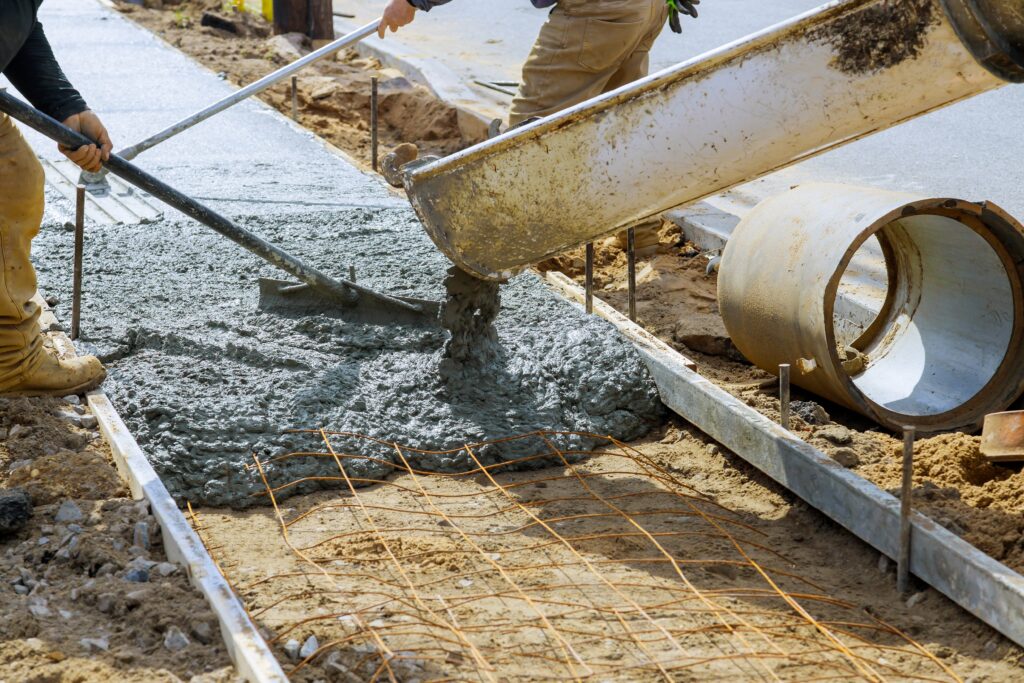
This can include:
- Water Content: The amount of water in the concrete mix significantly affects setting time. Too much water can lead to prolonged setting times and reduced strength, while too little water can cause the concrete to set too quickly, making it difficult to work with.
- Cement Type: Different types of cement have varying setting times. For example, rapid-hardening cement sets faster than ordinary Portland cement. The choice of cement should be based on the specific requirements of the project.
- Ambient Temperature and Humidity: Temperature and humidity levels play a crucial role in concrete setting time. In the UK, colder temperatures can slow down the hydration process, leading to longer setting times. Conversely, higher temperatures can accelerate the setting, which may require the use of retarders to manage the process
- Chemical Admixtures: Admixtures such as accelerators and retarders can be added to the concrete mix to control setting time. Accelerators speed up the setting process, while retarders slow it down, allowing for more working time.
Best Practices for Managing Concrete Setting Time
Fortunately, there are measures one can take to maintain ideal conditions for concrete setting:
- Proper Mix Design
Ensure the concrete mix is designed to meet the specific requirements of the project. This includes selecting the appropriate type and amount of cement, aggregates, and water, as well as any necessary admixtures. - Temperature Control
In colder weather, consider using heated water or aggregates to maintain an optimal mix temperature. In hot weather, use cool water and shade the concrete to prevent rapid setting. - Use of Admixtures
Utilise chemical admixtures to control setting time as needed. Follow the manufacturer’s recommendations for dosage and application to achieve the desired results. - Curing Practices
Proper curing is essential to ensure the concrete reaches its full strength. Use curing compounds, water curing, or wet coverings to maintain adequate moisture levels during the curing process.
Conclusion
Understanding and managing concrete setting time is crucial for the success of construction projects in the UK. By following best practices and considering the key factors that influence setting time, builders can ensure the quality and durability of their concrete structures.
Ensure a quality pour with SmartRock™. Learn more!
